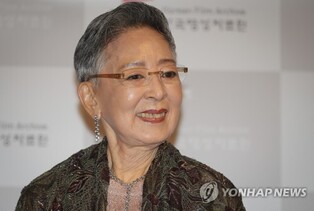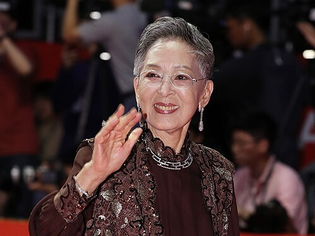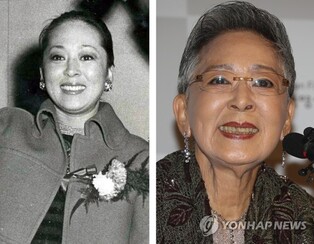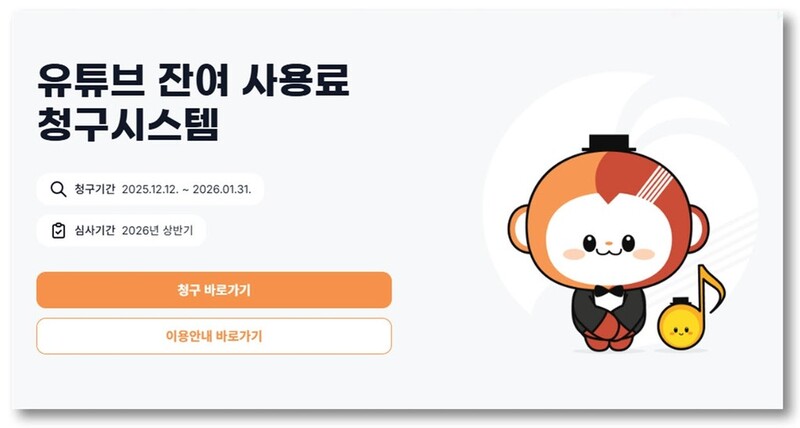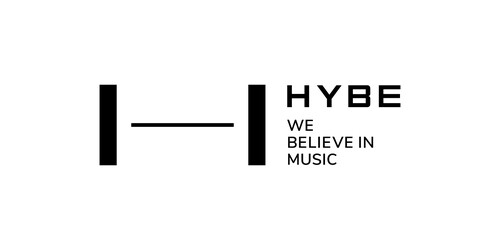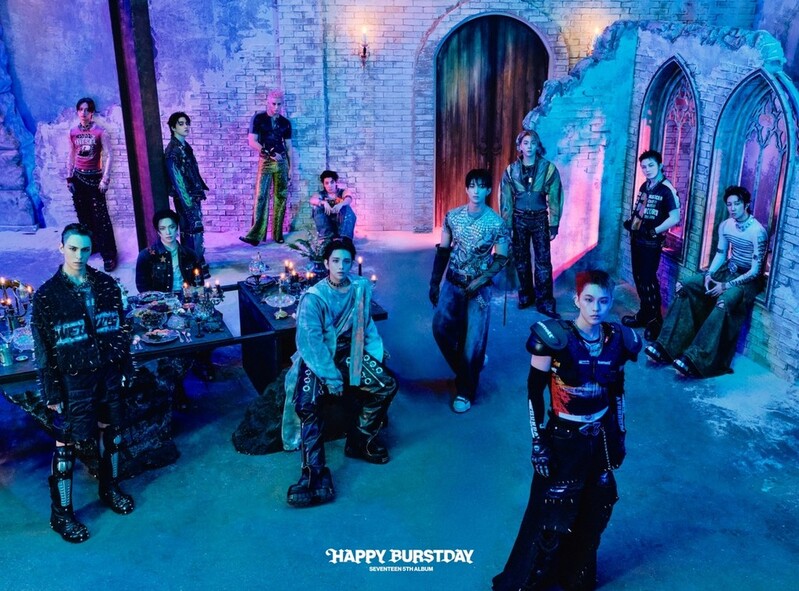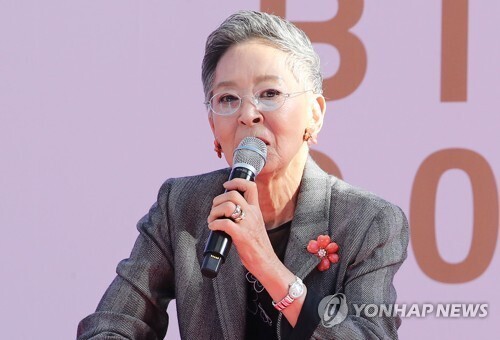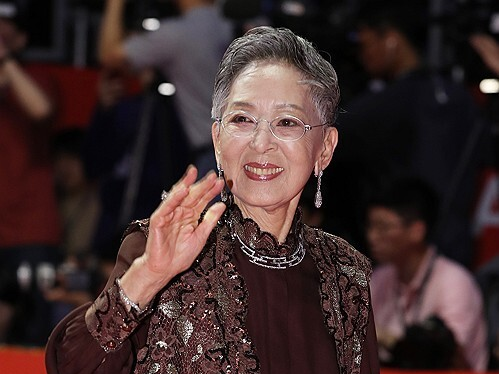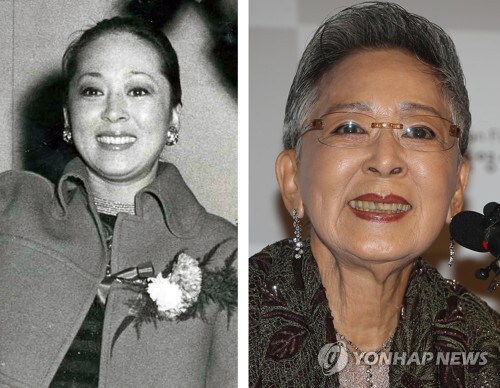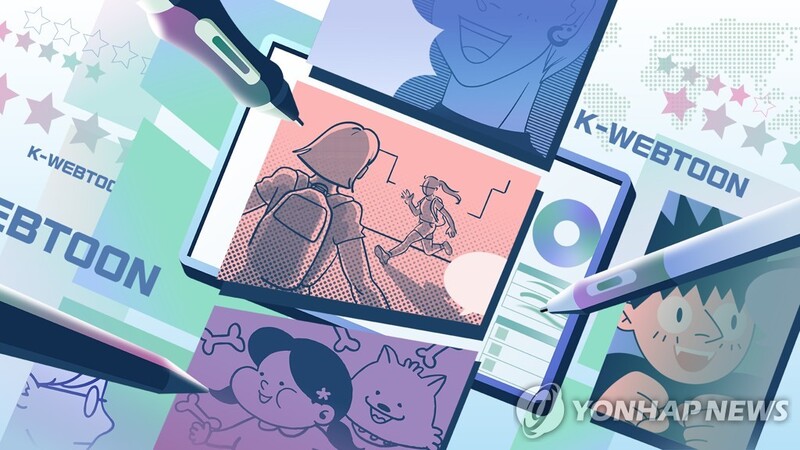 |
| ▲ This illustration of K-Webtoon is created by Kang Minji. (PHOTO NOT FOR SALE) (Yonhap) |
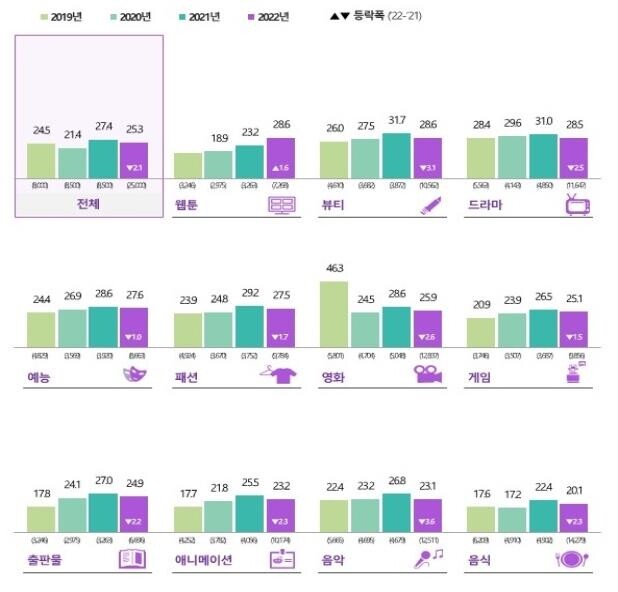 |
| ▲ This image, provided by Ministry of Culture, Sports, and Tourism, shows the percentage of consumption of cultural contents in Korea. (PHOTO NOT FOR SALE) (Yonhap) |
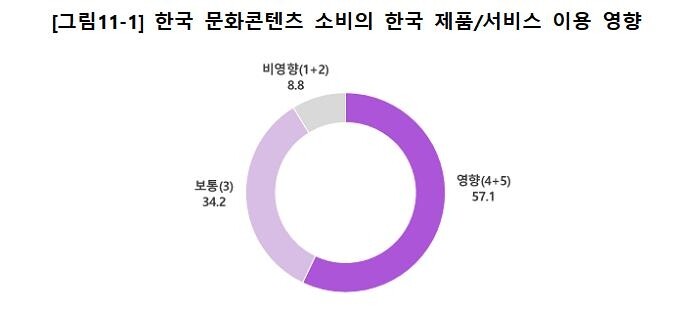 |
| ▲ This image, provided by Ministry of Culture, Sports, and Tourism, shows the effects of Korean cultural contents consumption on Korean products/services. (PHOTO NOT FOR SALE) (Yonhap) |
SEOUL, Mar. 10
(Yonhap) – The most consumed Korean cultural content abroad was webtoons.
Webtoons, which are attracting attention as the original intellectual property
(IP) of K-content, have seen a steady increase in overseas consumption over the
past three years.
The Ministry of
Culture, Sports and Tourism and the Korean Foundation for International Cultural
Exchange have announced on Friday that the results were found in the 2023
Overseas Korean Wave Survey, which conducted an online survey of 25,000 people
from 26 overseas countries from November to December last year. Compared to
last year's survey, the number of countries subject to the survey has increased
by eight and the number of samples has tripled.
Webtoons (28.6%)
and beauty (28.6%) accounted for the largest portion of consumption among
Korean cultural contents, followed by dramas (28.5%) and entertainment (27.6%).
The proportion of consumption is the result of a survey of consumption time and
expenditure by item.
Webtoons
separated into separate items this time have an average monthly consumption
time of 16.1 hours, exceeding the K-content average (15.2 hours), and the
average monthly consumption time growth rate over the past three years has also
been clear at 20.9%.
However, the
proportion of consumption by sector other than webtoons decreased by 1.1 to
3.1% compared to the previous year.
An official from
the Ministry of Culture, Sports and Tourism said that it is attributed to the
increase in external activities due to the easing of COVID-19, and the low
number of global contents such as the "Squid Game" in 2021.
K-pop (14.3
percent) topped the list of the image that comes to mind when thinking of Korea
for the sixth consecutive year. Korean food (13.2%), Korean Wave stars (7.4%),
dramas (6.6%), and information technology (IT) products/brand (5.6%) followed.
Food (72.3%) was
the highest experience rate of Korean cultural contents, followed by movies
(67.7%), music (63.2%), and dramas (61.2%). Most Asian countries exceeded the
average, while the Americas were at the average level, and Europe, the Middle
East, and Africa were below the average.
In the popularity
evaluation of the Korean Wave in Korea, more than 50% of the respondents said
they were more than "normal popularity" in all content fields. They
answered that food (49.1%), beauty (46.5%), and music (45.9%) are popular.
The experience
rate and popularity of food were the highest in most regions, but in South
America and the Middle East, the experience rate of movies, music, and dramas
was high.
Preferred content
by field was "Squid Game" and "Extraordinary Attorney Woo,"
movies "Parasite" and "Train to Busan," singers were BTS
and BLACKPINK, and games were "Battleground" and
"Ragnarok," which were not much different from the previous year.
The main route
for foreigners to consume K-content was online and mobile platforms. In the
2016 survey, the utilization rate was around 40%, but in this survey, it
exceeded 85%.
Among them,
dramas (67.6%) and movies (70.0%) mainly used Netflix, entertainment (67.6%),
music (81.1%), and animation (66.1%) mainly used YouTube. The platform has
diversified as the percentage of contacts through Disney Plus, Amazon Prime, iQIYI,
and Apple TV has also increased.
In addition,
K-content consumption has changed the perception of Korea. 60.3% of the
respondents said their perception of Korea changed to "positive"
after experiencing K-content. The perception that it changed negatively was
4.9%.
It was found that
the national image raised by K-content had a positive effect on related industries.
57.1% of the
respondents said that K-content affects the purchase and use of Korean products
and services. 37.2% of the respondents said they were willing to buy Korean
products even if the brand's awareness was low.
The survey report
can be downloaded from the websites of the Ministry of Culture, Sports and
Tourism (www.mcst.go.kr) and the Korean Foundation for International Cultural
Exchange (www.kofice.or.kr).
(This article is
translated from Korean to English by Yunhee Cho.)
(END)
(C) Yonhap News Agency. All Rights Reserved







